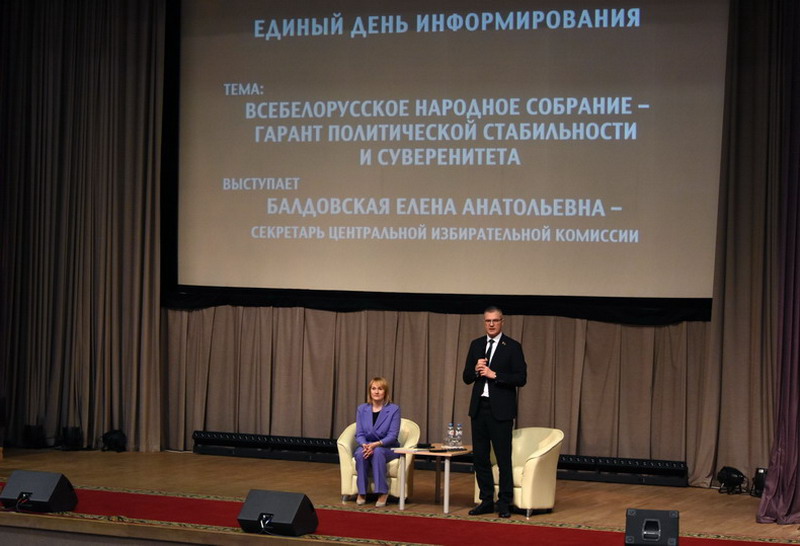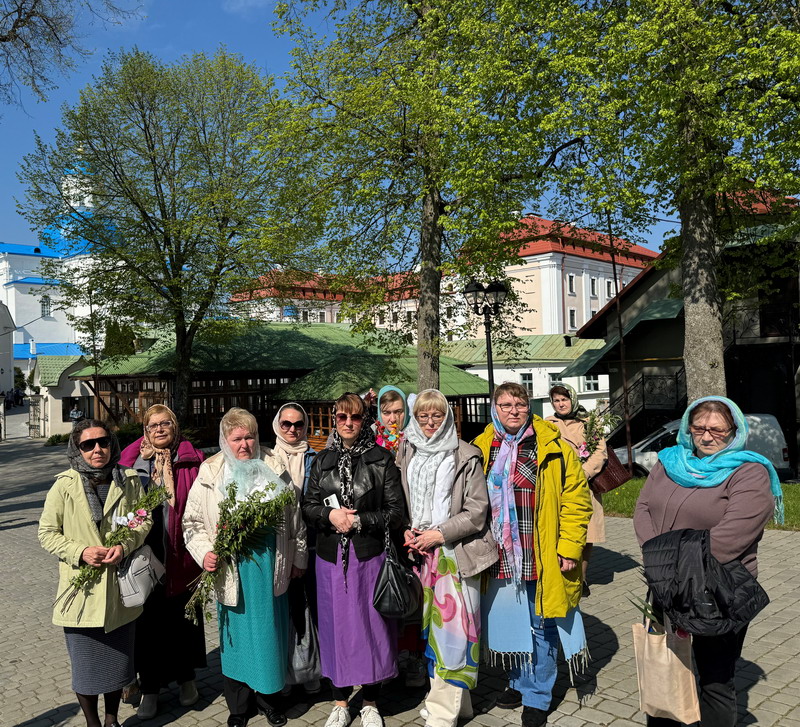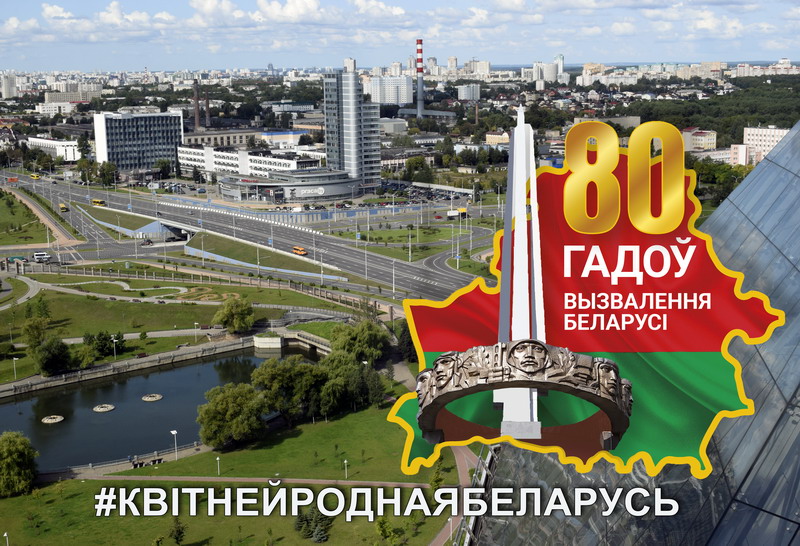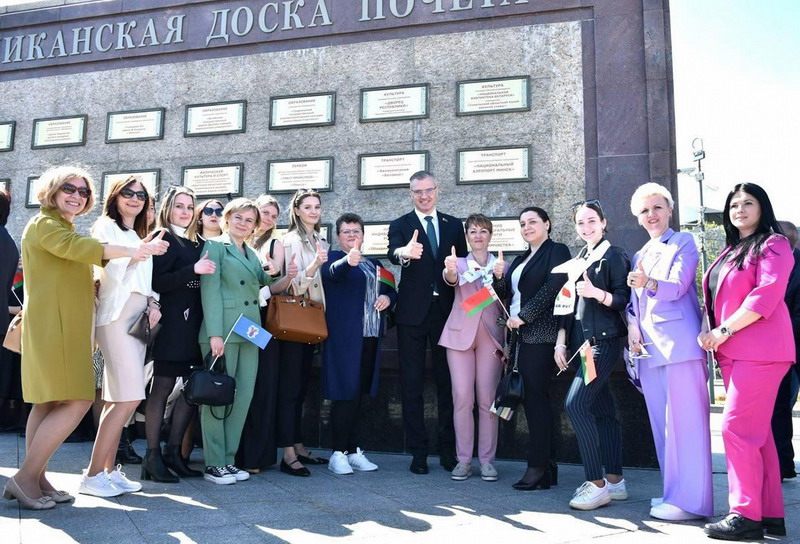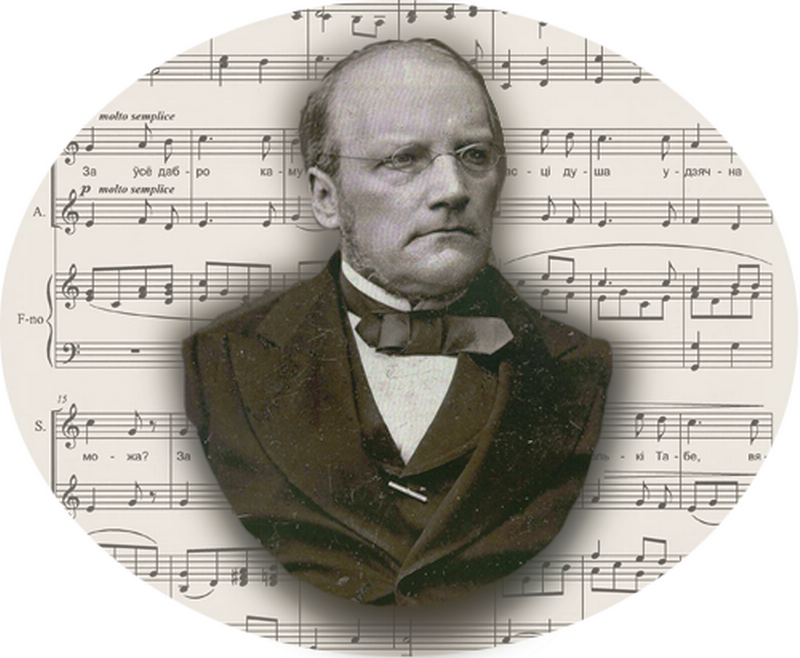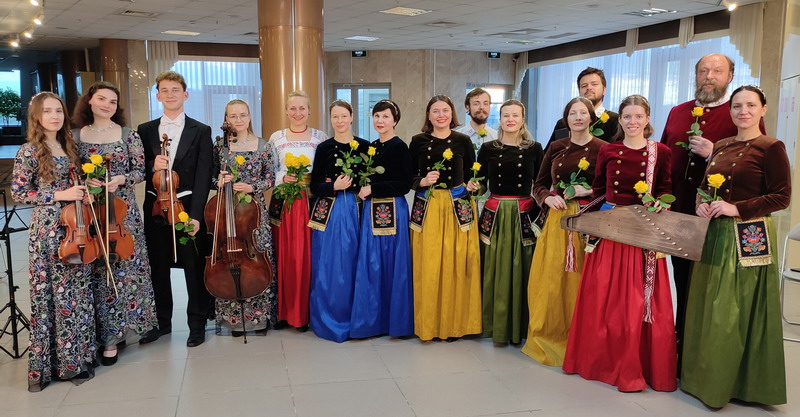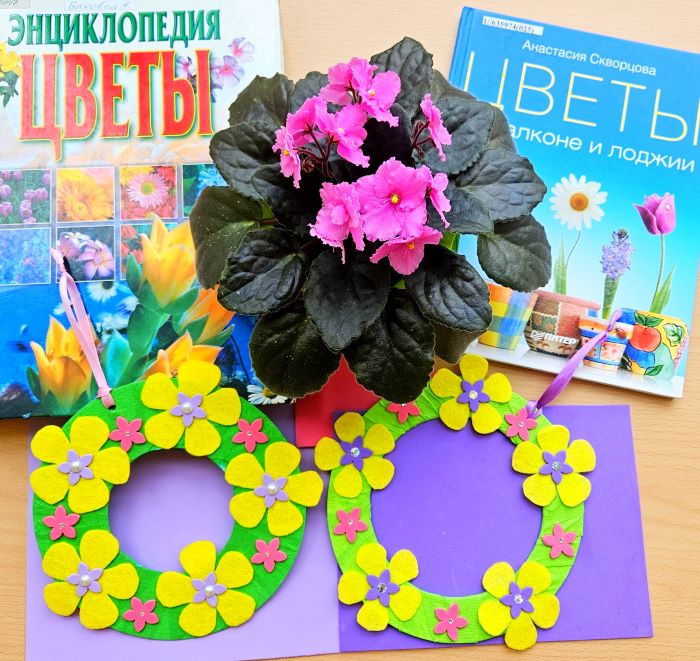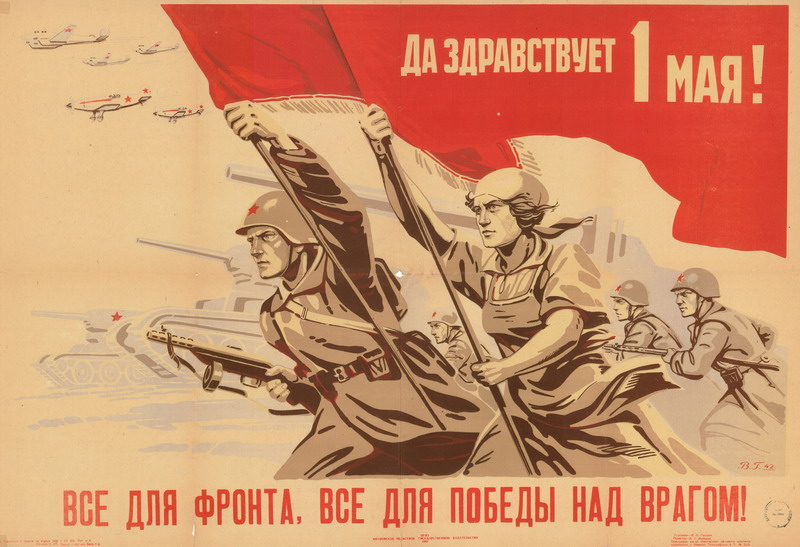Within the framework of the art project ‘Art-Line’, an exhibition ‘Colors in black-in-white’ timed to the 500th anniversary of the first dated etching runs in the gallery Atrium (3rd floor) from 12 November to 17 December.
The exposition features books and graphic editions about graphic art in general and engraving in particular, from different techniques of etching to the history of the art of engraving.
Etching is artists’ favorite kind of engraving which came to art from manufacturers, namely from metal-workers who decorated that way furniture, armor, weapon and tackle. The first dated etching is a subscribed work performed by Urs Graf from Switzerland in 1513. Works of etcher Daniel Hopfer are even earlier. Brilliant German artist Albrecht Durer created a series of etchings in 1515–1518.
The 17th century is the golden age of the art of etching. Numerous small engravings of French master Jacques Callot are most known. The majority of artist’s works feature crowd scenes: carnivals, tournaments and people’s festivals. Rembrandt, the great representative of the Dutch school of etching, was a gatherer, researcher and admirer of Jacques Callot’s works. The artist created more than three hundred etchings.
Along with Rembrandt a pleiad of outstanding Dutch masters of the 17th century such as Adriaen van Ostade, Paulus Potter and Hercules Segers developed various techniques of etching.
In approximately the middle of the 18th century the reproduction etching emerged. Almost all folios and book illustrations of the epoch are designed in this way.
Etchings by artists Jean-Baptiste Tiepolo, Antoine Watteau, Francois Boucher were especially popular, and Italian architect and engraver Piranesi became most outstanding etcher of the 18th century.
Artists Camille Pissarro, Adolph Menzel, Kathe Kollwitz, Anders Zorn, Pablo Picasso, Henri Matisse, Marc Shagall, Simon Ushakov, Ivan Shishkin, Valentin Serov, Taras Shevchenko, Anton Tammsaare and others worked in the technique of etching as well.
The development of copper-plate engraving in the second half of the 16th – 18th centuries preceded the technique of etching in Belarus. In the 19th century artists of the art school at the Vilna University created etchings. The Belarusian etching reached its flourishing in the 1960s – 1980s. Series and cycles of works dedicated to present day and the heroic past of the people are made in the technique of etching.
The offered exposition presents original reproduction etchings and illustrations by known etchers Мarc Shagall, Mikhail Basalyga, Antonina Lapitskaya, Eduard Agunovich based on classical literary works Vyanok (Wreath) by Maxim Bogdanovich, Ave Maria by Maxim Tank, The Dead Souls by Nicolay Gogol, and also dedicated to outstanding figures of national culture – Nicolay Gusovsky, Alaiza Pashkievich (Ciotka), Yakub Kolas, Maxim Bogdanovich.
Contact phone number: (375 17) 293 29 80.
 |
 |
 |
 |
 |
 |
 |
 |
 |

